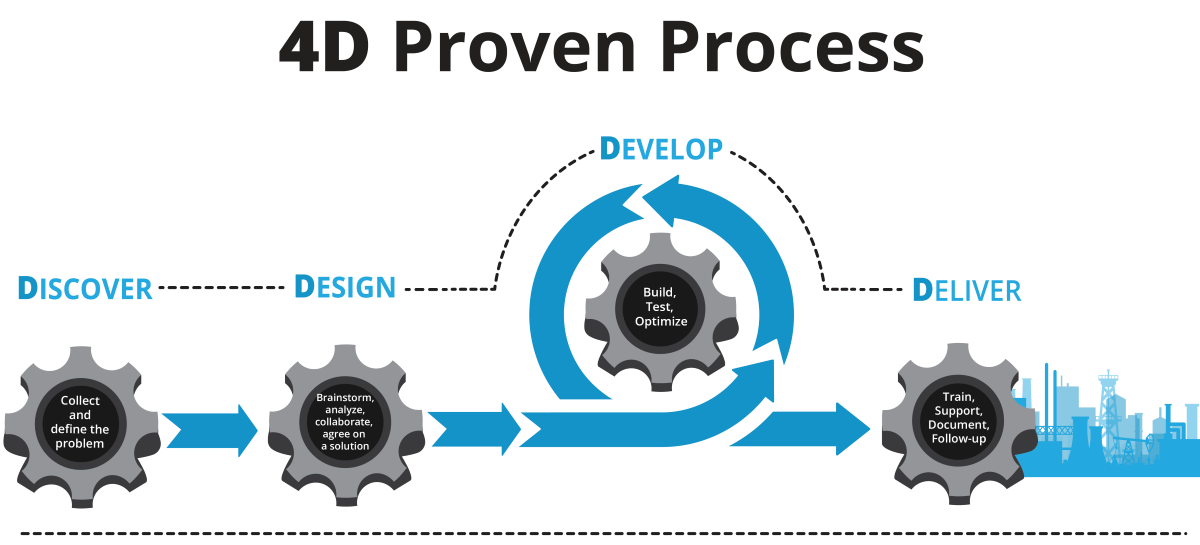From Controls to Custom Machines, LIVE Delivers Scalable Automation
Staying competitive in today’s fast-paced manufacturing world is no small feat. With new technologies constantly emerging and production demands on the rise, it takes more than just tools—it takes a proven approach.
For over 24 years, Live Automation (LIVE) has been a full-service Control Systems Integrator, helping manufacturers design, implement, and optimize sustainable automation solutions across industries. Backed by more than 80 years of combined engineering experience, our team knows how to deliver systems that work—and keep working.
From PLC, HMI, and SCADA controls programming to custom automated machine design, we create fully integrated automation solutions that deliver real-world results — brought to life through our proven 4D Process. LIVEs engineers combine deep technical expertise with hands-on industry knowledge, ensuring every project moves efficiently from Discovery to Delivery.

Let's Build Something Great
We’ve helped hundreds of companies solve tough automation challenges—and we’re always up for the next one. Whether you’re planning a new project or looking to optimize an existing system, let’s talk. And follow us on social to stay up to date on all things Industrial Automation.

Testimonials
The support from Live Automation is outstanding, and they work well with us on all aspects of business.



Testimonials
For the last 15 years Live Automation has consistently been an excellent resource for anything from electrical controls to troubleshooting to PLC and VFD upgrades to large-scale, complex electromechanical systems design.



Testimonials
The automation was the one part of our project that I was most concerned about. However, the LIVE team is extremely talented, and the solution they provided to automate our Keyence Vision System was very well designed and assembled.



Testimonials
Live Automation really came through and helped us out when one of our most important machines went down. They replaced the entire control system with updated technology. Not only did it get us back into production quickly, it also gave us more flexibility with the machine!



